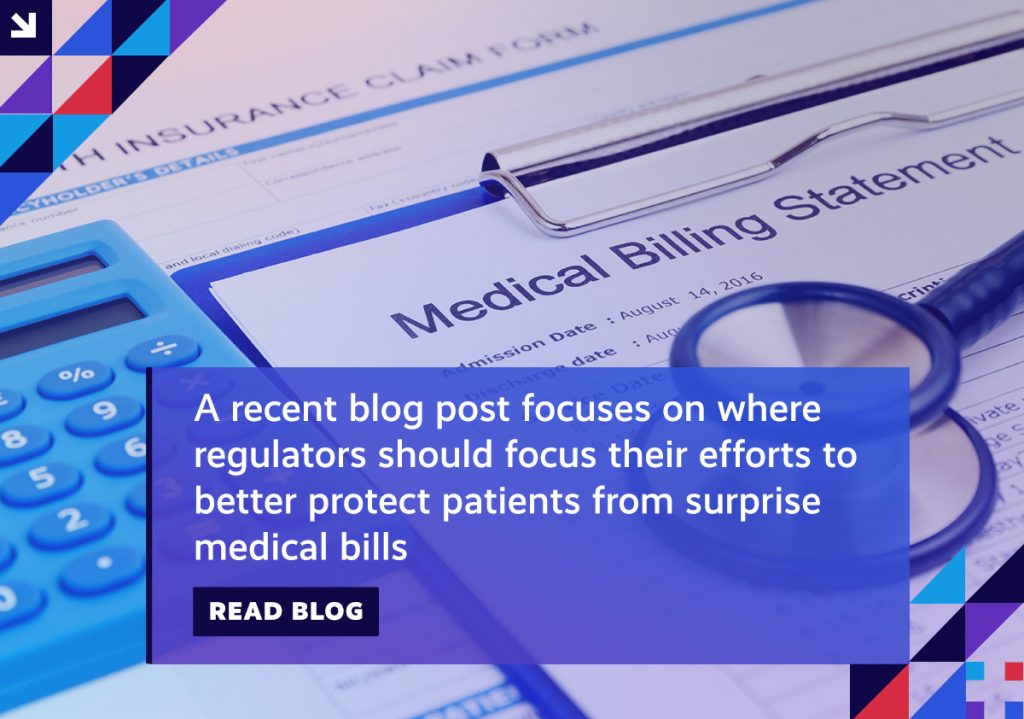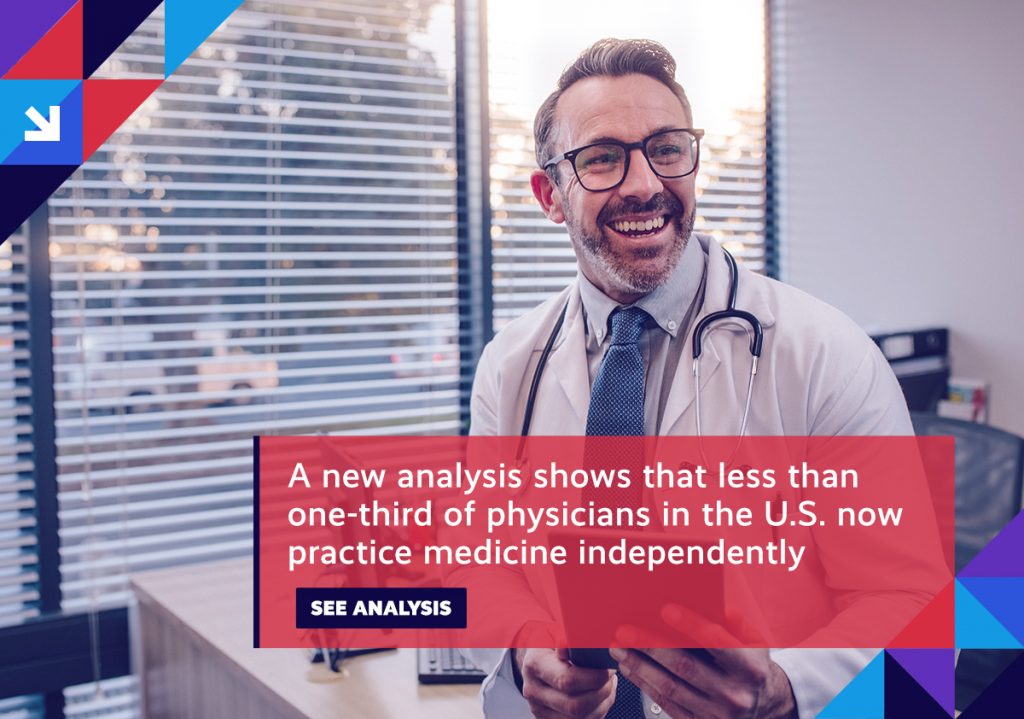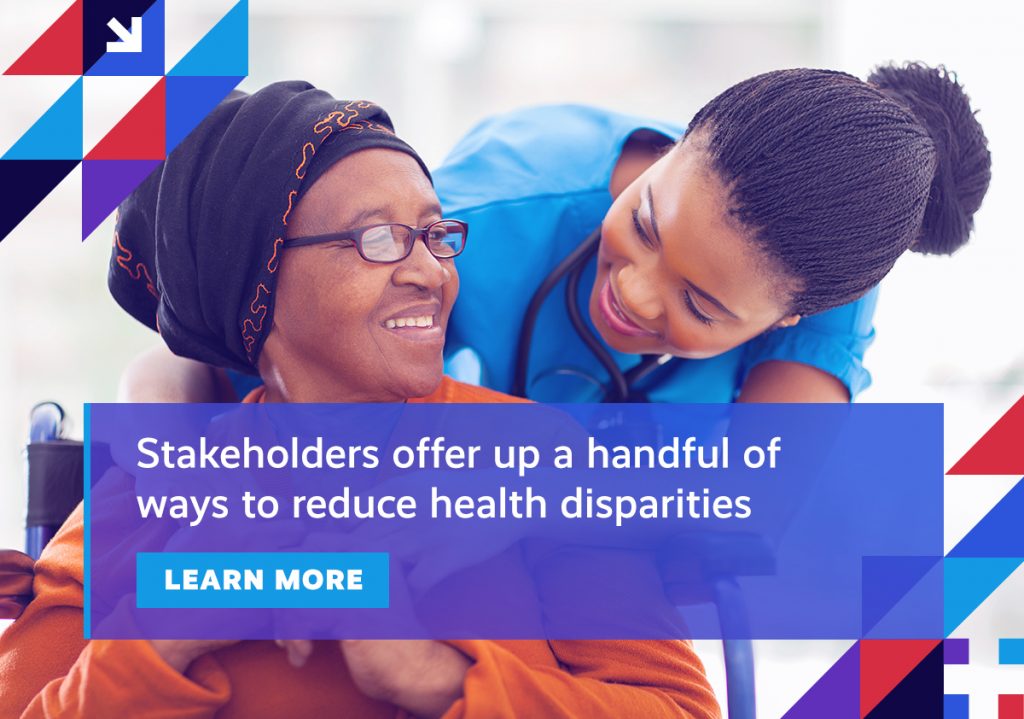New data shows continued price-gouging for COVID testing; an increased focus on hospital consolidation draws further attention to the impact these deals have on healthcare costs; a slew of studies highlights explosive spending on prescription drugs in Medicare; and, virtual care improves patient engagement, satisfaction levels.
We encourage you to stay involved as implementation efforts surrounding healthcare reform progress. Visit the Health Action Network and be sure to let us know what’s on your mind.
Item of the Week

Week in Review
COVID Price-Gouging: Testing remains an integral tool in our ability to put the coronavirus pandemic in our rearview mirror. However, price-gouging for COVID tests continues to be a widespread problem. According to new data from AHIP, the number of tests coming in at 50 to 100 percent above the average price for these tests in the commercial market (currently at $130) has doubled from 18 percent to 36 percent since the beginning of the pandemic. Further, the incidence of high-priced tests has also gone up by over 10 percent. The updated look at COVID testing pricing data reinforces an earlier analysis performed by the Kaiser Family Foundation pointing to how testing has turned into a financial windfall for hospitals and providers. Perhaps most alarming, with over a quarter of all these tests now being performed out-of-network, more than half of these patients (54 percent) are now overpaying.
Hospital Consolidation: The share of independent physician offices now being owned by larger hospital systems continues to grow. In fact, by the end of last year, nearly 70 percent of all physicians in this country were employed by hospitals or corporations – with nearly half of all physician practices also being owned by these larger entities. While this trendline had already been established prior to the coronavirus pandemic, the public health crisis only served to accelerate the number of independent physician practices being acquired by larger health systems. With evidence mounting that consolidation in this space is not only plagued by inefficiencies, but results in lower-value care, there’s increasing concern that the new focus of these mammoth health systems, specifically, shifting away from the acquisition of smaller independent hospitals and practices and towards larger regional partnerships, will further unravel the underlying fabric of care upon which our healthcare system has long depended.

Medicare Rx: The majority of prescription drug spending in Medicare now goes to medicines that were highly-advertised to consumers, according to a recent report from the Government Accountability Office (GAO). Between 2016 and 2018, 58 percent of the $560 billion spent on drugs by the Medicare Part B and Part D programs ($324 billion), went to medicines that GAO researchers said were promoted to patients through advertising. Further, for Medicare Part D, 7 of the 25 drugs with the highest spending were also among the top 25 drugs with the highest consumer advertising spending. Separately, in their most recent annual report, the Medicare Payment Advisory Commission said that the amount Medicare spent on drugs from 2013 to 2018 increased by 26 percent, attributing nearly all of that growth to higher prices and not an increase in volume. Another study, this time from JAMA Network Open, found that in 2016, nearly $50 billion – or, one-third of Part D costs for that year – went towards drugs that were without cost-effective analyses. Finally, according to research published in Health Affairs last month, the share of annual spending on ultra-expensive prescription drugs in the Part D program increased by 1,170 percent between 2012 and 2018. Researchers went on to say that their findings underscore the criticality of addressing the impact of this class of drugs on sustainability and affordability.
Virtual Care: A new survey takes a look at patient satisfaction and engagement levels by focusing on relationship-centered care delivered virtually. The thinking behind the study is that, by establishing patients’ comfort with virtual care, stakeholders will more readily embrace its utilization as a reliable option for healthcare delivery. According to the results of the survey conducted by the Cleveland Clinic, patients were just as satisfied with virtual visits as they are with in-person ones. Respondents scored the care they received virtually high in the areas of convenience, comfortability, and engagement. In reporting the results, the researchers concluded that virtual visits facilitate access and relationship-building, both of which contribute to a better realized approach to patient-centered care, a critically important aspect of our evolving, contemporary healthcare delivery model.

| You can keep up with the latest by following the Health Action Network on Twitter and by liking us on Facebook. And, be sure to check us out on LinkedIn, too. As always, let us know if there’s something you’d like to see covered in a future newsletter. |
